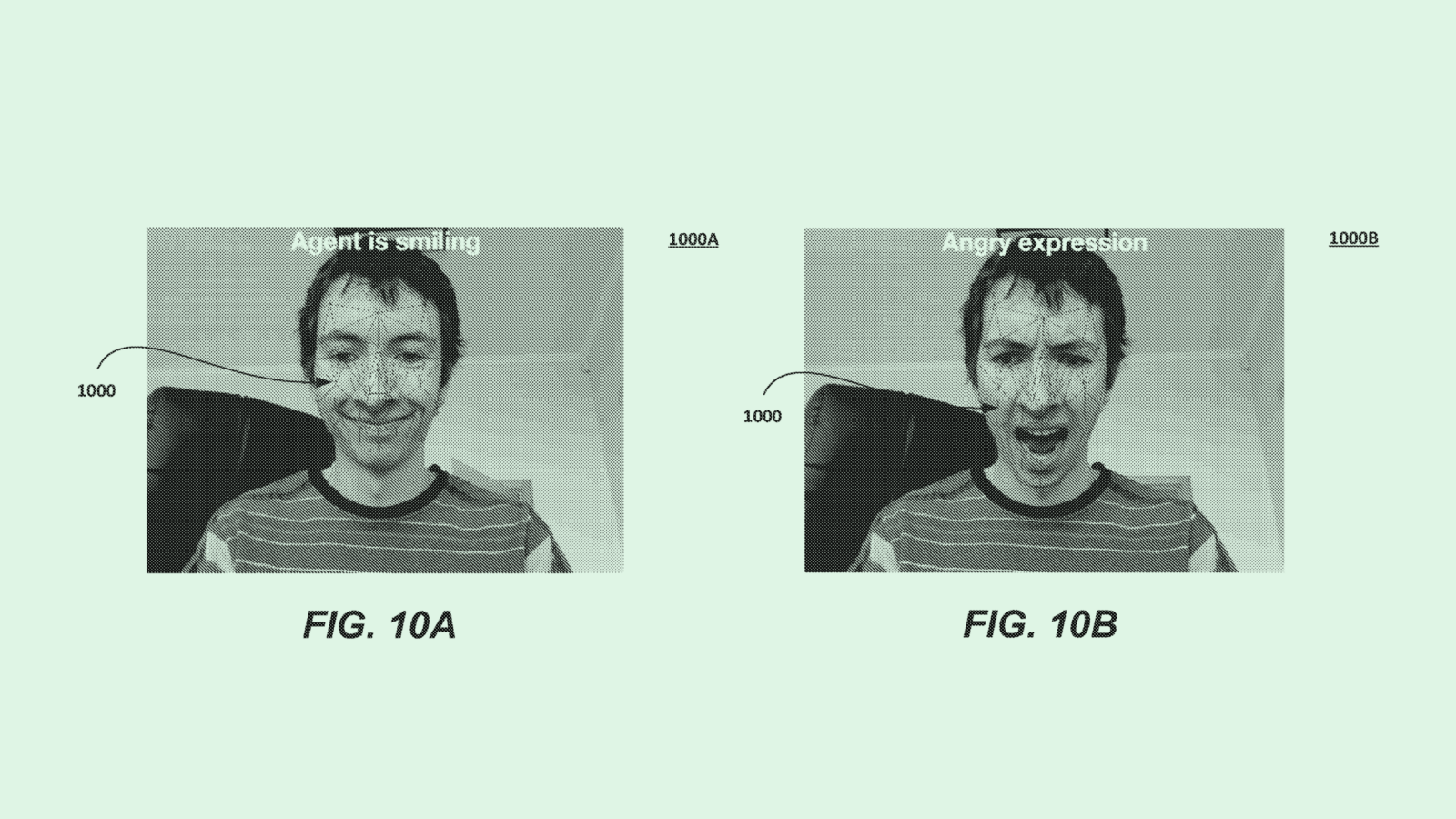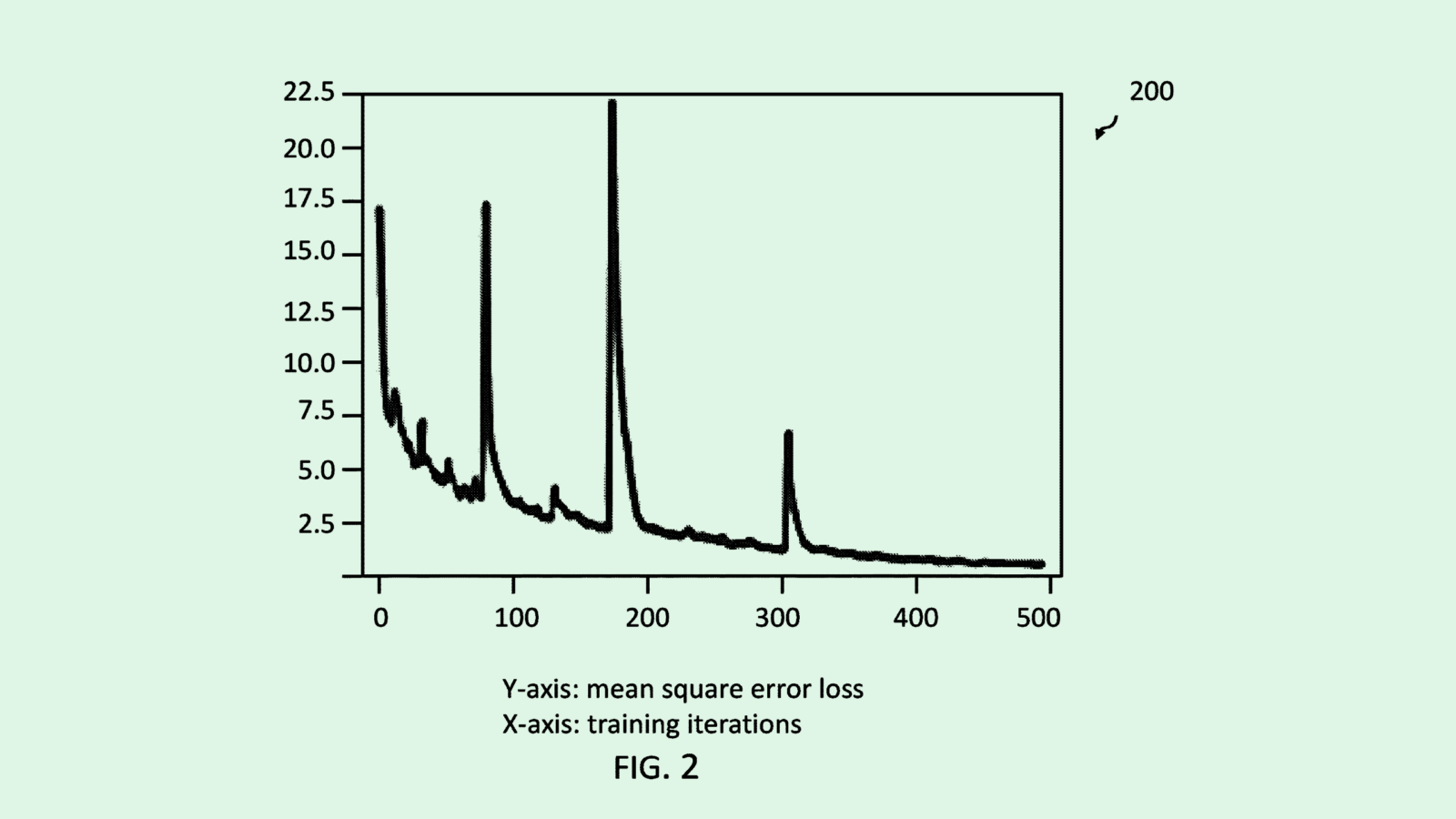
Sign up for smart news, insights, and analysis on the biggest financial stories of the day.
Brent crude, the world’s most traded oil benchmark, has picked up a Texas twang.
Starting today, a particular type of US oil will factor into calculating rates for Brent crude, the European benchmark commodity that is the mainstay for global oil pricing. The shift signifies America’s growing influence in the world energy market.
Oil is Not Universal
To understand how oil pricing works, consider local currencies — while they all generally fulfill the same function that doesn’t mean they’re equal in the global economy. One US dollar is 0.95 euros, which is 140 Japanese yen, which is 21 Turkish Lira. Even though there are more than 100 different currencies, one is often the standard that influences global trade — since the tail end of World War II, it’s been the US dollar.
In the world of gas, that benchmark is Brent crude – an index based on oils collected from fields in the North Sea about 100 miles off the coast of Scotland. And now, oil drilled near Midland, Texas, will be added to that benchmark. So what does that all mean?
- In the aftermath of the first oil crisis, Congress in 1975 banned the export of US oil, which remained in place for 40 years. By the time the ban was lifted, America was on its way to becoming the world’s No. 1 oil producer and quickly started making its presence known on the global energy market. Last year, the US exported about 9.6 million barrels of oil per day, according to the Energy Information Administration.
- With some of that oil now being added to Brent crude calculations, it’s expanding not just growing America’s influence not just on oil pricing but also everything that reacts to those oil prices. As The Wall Street Journal reported, the Brent benchmark ties “Nigerian oil wells and Chinese refiners to the flickering screens of Wall Street. It can make or break fortunes for hedge funds, dictate wartime revenue for the Kremlin, and determine fuel costs for businesses and drivers around the world.”
Why Pull America into the Mix? Originally, the benchmark was based solely on oil sourced from just the Brent oilfield. But once production there started to decline in the 1980s, Platts, the reporting agency and part of S&P Global that calculates the benchmark, added other North Sea oilfields to the formula: the Forties, Ekofisk, Oseberg, and Troll fields. But Texas, where everything is big, became too big to ignore. So to keep the benchmark the standard and reflect the US’ fossil fuel boom, Platts is donning some cowboy boots along with its traditional Scottish tartan.









